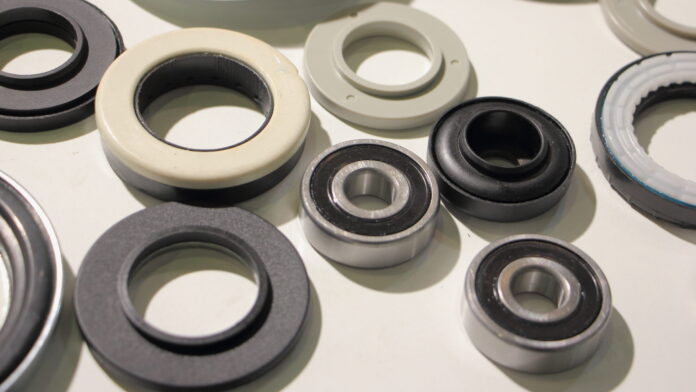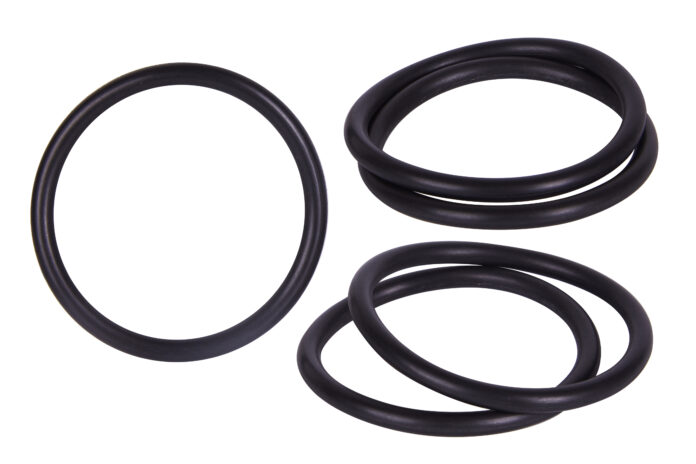Over the years, O-rings have become one of the most commonly used seals in various industries. They’re simple in design, yet highly versatile and durable. O-rings are small but essential components in many machines and devices used to seal connections between different parts of the machine. They’re often located in areas with high friction, or where liquids or gases are present.
O-rings come in different sizes and materials to meet various niche needs. As you’re shopping, it’s best to look for products that have built a reputation for being the best in the market, like the Parker O-rings.
Due to their location and function, O-rings are subject to a lot of wear and tear, and, thus, need regular maintenance to prevent leaks and other problems. While O-rings are incredibly simple, tough, and durable, they require care and maintenance to ensure optimal performance at all times. This way, they can last for years.
This article will provide you with tips and advice to guide you through the appropriate O-ring maintenance process.
What Are O-Rings?
An O-ring is a circular ring made of elastomer, with a round cross-section, designed to seal fluid or gas connections. The O-ring’s cross-section is usually round, but it can be quadrilateral, rectangular, or oblongular. The most common sizes are between 2 and 10 mm (0.08 and 0.4 inches) in diameter, but they can range from a few millimeters to a few centimeters.
O-rings are one of the most common seals used in machine design because they’re inexpensive, easy to make, reliable, and have a wide range of uses in static and dynamic applications, such as in plumbing fixtures, automotive engines, and industrial machinery. They’ve also been beneficial in aerospace and military applications.
O-rings are available in various standard sizes, but can also be custom-made to fit a specific application. O-rings are also made from different materials, depending on the application. These include:
- Nitrile Rubber: This is the most common material used for O-rings. It has good resistance to oils and chemicals.
- Polyurethane: This material is suitable for O-rings exposed to high temperatures. It also has good resistance to oils and chemicals.
- Fluorocarbon: This material is a good option for O-rings exposed to high temperatures and chemicals. It has excellent resistance to oils.
- Plastic: This material is ideal for O-rings exposed to low temperatures, oils, and chemicals.
Tips And Advice For Proper O-Ring Maintenance
While O-rings are incredibly versatile and durable, they require some maintenance to maintain good working order. Here’s how you can go about it:
1. Keep Your O-Rings Clean
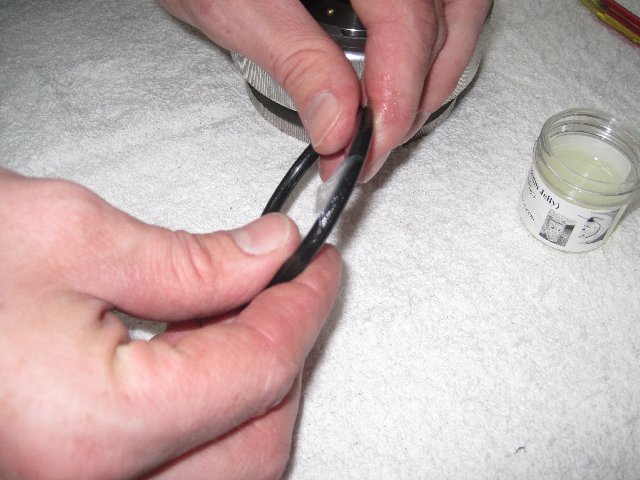
O-rings are susceptible to dirt and debris buildup, so keeping them clean is essential. O-rings can quickly become dirty, especially if you use them in an area with a lot of dust or other particulates in the air.
To clean your O-rings, wipe them down with a clean, dry cloth. If they’re dirty, an easy way is to soak them in a mild soap solution for a few minutes, then rinse them off with clean water. You can also use a soft-bristled brush to gently scrub any stubborn dirt. Be sure to rinse the O-rings well after cleaning them.
2. Lubricate Them Regularly
O-rings need to be lubricated to prevent them from drying out and cracking. A good rule of thumb is to lubricate them every time you use them, but apply the lubricant sparingly. You can use a variety of different lubricants available, but choose one that’s compatible with the materials the O-rings are made of to avoid damage. For example, avoid anything that’s petroleum-based, as this can degrade the O-rings.
Lubrication also helps the O-rings slide in place and protects them from damage during installation. Once the O-rings are in place, ensure they’re seated properly and there are no gaps between the two parts. If you need to remove an O-ring, lubricate it again and carefully pull it out. Avoid using sharp objects to remove an O-ring, as this can damage it.
3. Store Your O-Rings Properly
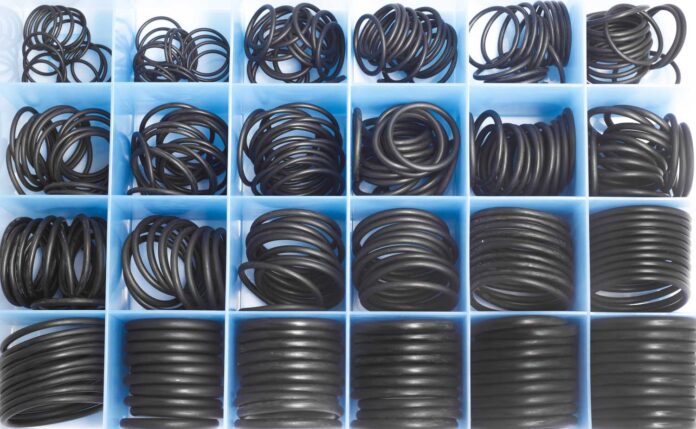
When not in use, it’s essential to store your O-rings properly. When stored correctly, this helps prevent them from becoming damaged or deformed. The best way to store O-rings is in a cool, dry place, away from direct sunlight and chemicals. You can also store them in a way that doesn’t put too much weight or pressure on them. If you must store them in an area that’s not temperature-controlled or for an extended period, consider placing them in a zip-top bag with a small number of desiccant packets. These packets will absorb moisture in the air and keep the O-rings from drying.
4. Inspect Your O-Rings Regularly
One of the best things you can do for your O-rings is to inspect them regularly, especially if you use them often. Regular scrutiny will allow you to catch any wear and tear early on and take steps to prevent it from worsening. When inspecting your O-rings, look for cracks, cuts, or other kinds of damage. Also, check for any signs of leaks. If you find any damage, replace the O-ring immediately.
5. Replace Your O-Rings As Needed
It’s recommended that you replace O-rings every few years, even if they appear in good condition. Over time, they’ll degrade and lose their elasticity, which can cause them to leak. Damaged O-rings can cause leaks, leading to equipment failure or even personal injury. Inspect your O-rings regularly and replace them as needed. Depending on the application, O-rings are supposed to be replaced every few months to a few years.
6. Don’t Reuse O-Rings
O-rings are only intended for a single application before being thrown away. Reusing O-rings can increase the risk of leaks and other problems. If you must reuse an O-ring, inspect it for any damage. And, if there’s any damage, don’t reuse it; instead, replace the O-ring before using it again.
7. Follow The Manufacturer’s Recommendations
Each type of O-ring is different, and each has its own set of best practices for maintenance. Follow the manufacturer’s recommendations to get the most out of your O-rings.
Summary
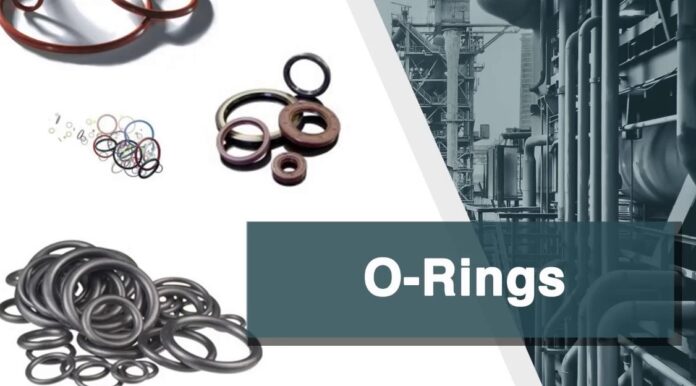
O-rings are simple seals that come in handy in a variety of applications. To stay in good working condition, they require proper maintenance. Regular inspection, cleaning, and lubrication are essential for proper O-ring care. If maintenance is neglected or done incorrectly, the O-ring won’t seal properly, and leaks will occur. By following these tips, you can extend the life of your O-rings and ensure that they continue to function correctly for many years into the future.
